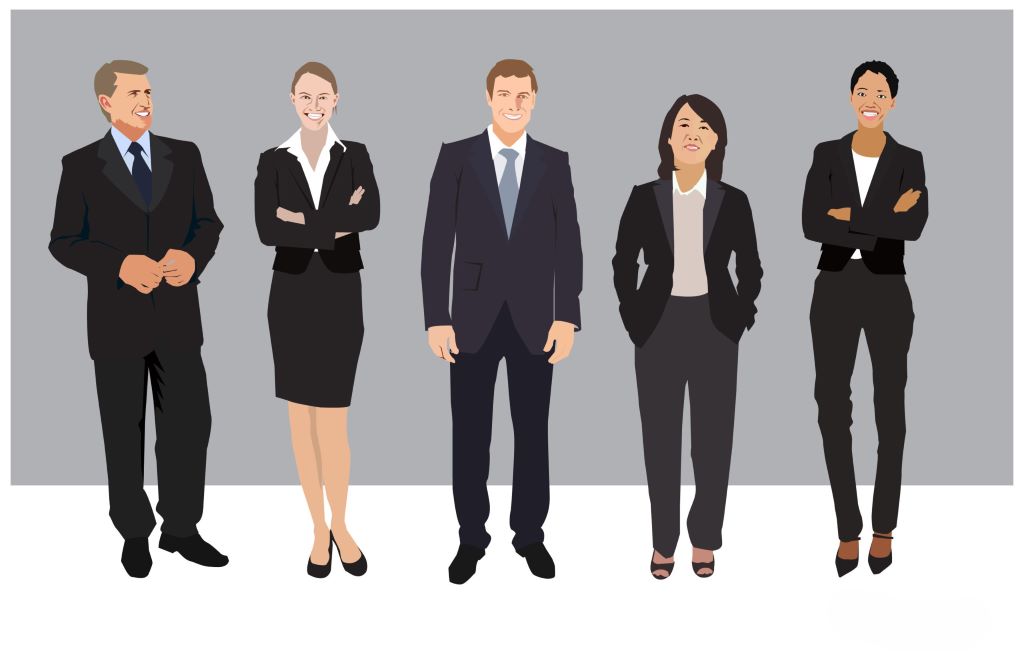Have you ever walked into a room and felt like you blended into the wallpaper? Or wondered why some people effortlessly command attention while others struggle to be heard? The answer might lie in something you’re not even saying out loud: your body language.
Body language, or nonverbal communication, encompasses everything from your posture and facial expressions to your gestures and eye contact. It’s a silent language that speaks volumes, often revealing more about your thoughts and feelings than your words ever could.
Why Does Positive Body Language Matter?
- First Impressions: Within seconds of meeting someone, our brains form judgments based largely on nonverbal cues. A confident posture and a genuine smile can instantly make you more likable and approachable.
- Relationships: Positive body language strengthens connections. It communicates warmth, empathy, and interest, fostering deeper bonds with friends, family, and colleagues.
- Career Success: In professional settings, those who project confidence and openness through their body language are more likely to be seen as leaders. They inspire trust, win negotiations, and climb the career ladder faster.
- Personal Well-being: Surprisingly, your body language can even influence your own mood and confidence. Standing tall and smiling can actually make you feel happier and more self-assured.
Key Elements of Positive Body Language
- Posture: Stand tall with your shoulders back and head held high. This projects confidence and energy. Avoid slouching, as it can make you appear uninterested or insecure.
- Eye Contact: Maintain steady eye contact during conversations. This shows attentiveness and respect. Avoid staring, which can be intimidating, and excessive blinking, which might signal nervousness.
- Facial Expressions: A genuine smile is one of the most powerful tools in your nonverbal arsenal. It signals friendliness and openness. Be mindful of other facial expressions, too. Raised eyebrows convey surprise, while furrowed brows might indicate confusion or disapproval.
- Gestures: Use your hands to emphasize your points when speaking, but avoid excessive or distracting movements. Nodding your head shows agreement and encourages the speaker to continue.
- Mirroring: Subtly mirroring the body language of the person you’re interacting with can create rapport and make them feel more comfortable.
Common Body Language Mistakes to Avoid
- Crossed arms: This can make you appear closed off and defensive.
- Fidgeting: Tapping your foot or playing with your hair signals anxiety and distracts from your message.
- Avoiding eye contact: Lack of eye contact can suggest dishonesty or disinterest.
- Invading personal space: Standing too close to someone can make them feel uncomfortable.
Improving Your Body Language
- Self-Awareness: Pay attention to your own body language in different situations. Are you projecting the image you want to convey?
- Practice: Practice positive body language in front of a mirror or with a trusted friend. It might feel awkward at first, but it will become more natural with time.
- Seek Feedback: Ask friends or colleagues for honest feedback on your nonverbal communication.
- Observe Others: Watch how charismatic people use their body language to engage and influence others.
The Power of Perception
Remember, body language is only one piece of the puzzle. Your words and actions matter, too. However, by mastering the art of positive nonverbal communication, you can enhance your presence, build stronger relationships, and achieve greater success in all areas of your life. It’s time to stop blending in and start standing out!


